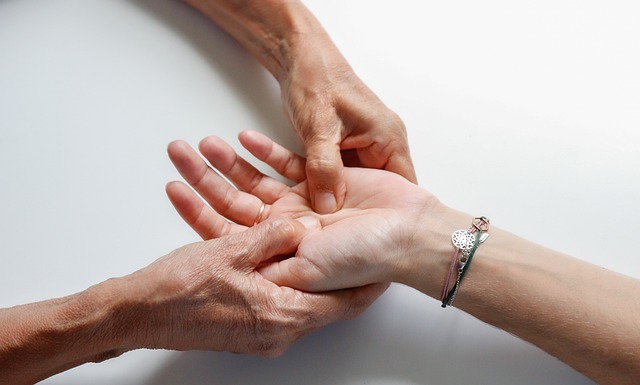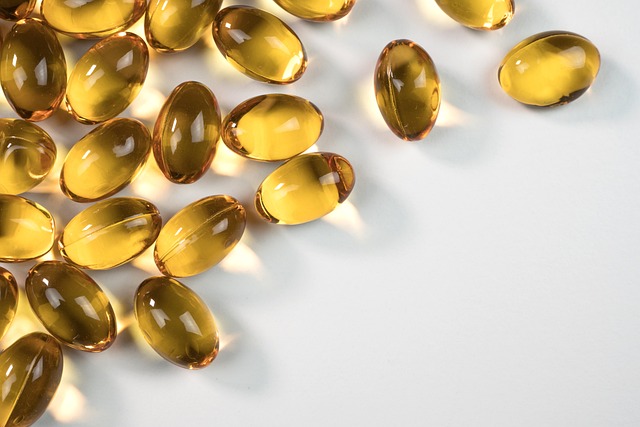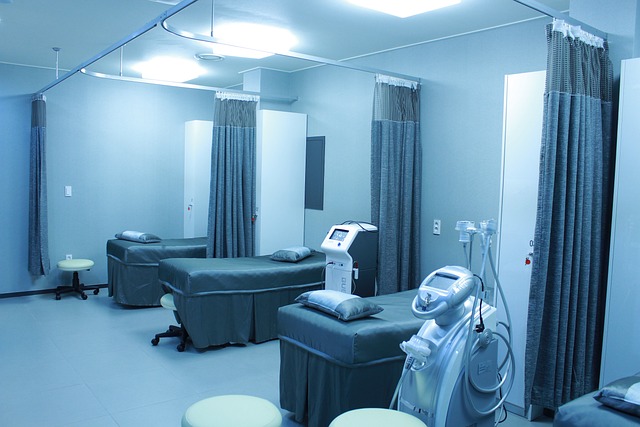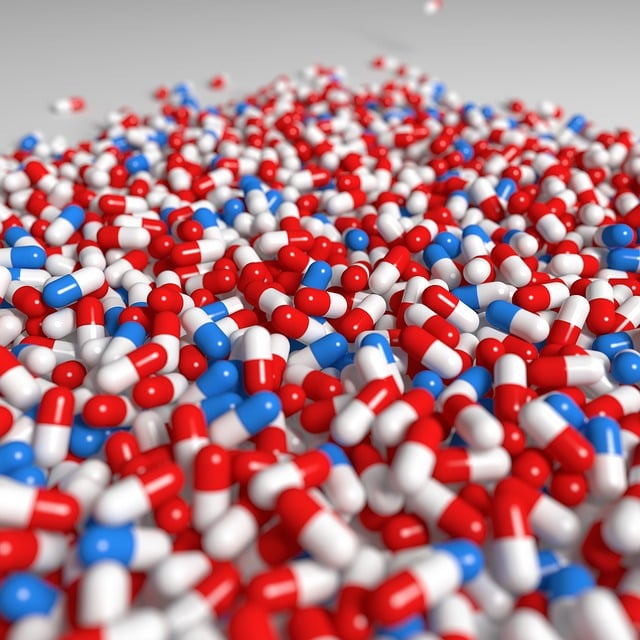Cryolipolysis treatments use cold therapy to safely and effectively target stubborn fat. This non-invasive procedure freezes fat cells at temperatures below zero, causing them to die while preserving skin. Ideal for problem areas like the abdomen, love handles, thighs, and buttocks, cryolipolysis offers a pain-free alternative to surgery with minimal downtime. Potential side effects include temporary discomfort, redness, swelling, and numbness, but qualified providers can minimize risks. Optimal results are achieved through proper post-care routines, including gentle cleaning, moisturizing, avoiding strenuous activities, and maintaining hydration.
“Fat-freezing, or cryolipolysis treatments, offers a non-invasive solution for stubborn fat areas that resist diet and exercise. This innovative procedure is gaining popularity as a body contouring option. In this comprehensive guide, we explore the science behind cryolipolysis and its targeted approach to eliminating fat cells. From understanding the treatment’s mechanics to addressing common concerns, we break down what to expect during and after fat-freezing sessions, empowering you with knowledge for informed decisions.”
Understanding Fat-Freezing: An Overview of Cryolipolysis Treatments

Fat-freezing, or cryolipolysis treatments, is a non-invasive procedure that uses cold therapy to break down and eliminate fat cells in targeted areas. This advanced technique has gained popularity as a safe and effective way to reduce stubborn fat bumps and contours that resist diet and exercise. The process involves cooling fat cells to temperatures below zero, causing them to crystallize and eventually die, all while preserving the surrounding skin and other tissues.
During a cryolipolysis treatment session, a specialist applies a cooling device directly to the area of concern, freezing the targeted fat cells. This technology allows for precise control over the cooling process, ensuring that only the intended fat cells are affected. As the treated fat cells undergo this controlled destruction, they are naturally eliminated from the body during subsequent metabolic processes, leading to reduced fat in the treated areas over time.
Targeting Stubborn Areas with Precision: Where Does Fat Accumulate?

Fat accumulation in specific areas, often referred to as stubborn fat, can be a common concern for many individuals despite their best efforts at diet and exercise. Understanding where this fat tends to cluster is crucial when considering targeted treatments like cryolipolysis procedures. Cryolipolysis treatments work by utilizing cold therapy to break down fat cells, but the success depends on precise targeting of problem areas.
Common locations for stubborn fat include the abdomen, love handles (flanks), outer thighs, and underarms. The body’s natural tendency is to store fat in these regions due to various factors such as genetics, hormones, and lifestyle choices. Accurately identifying these problem zones is essential before undergoing cryolipolysis treatments, ensuring that the procedure is tailored to address the specific fat accumulation patterns of each individual.
The Science Behind Cryolipolysis: How It Selectively Targets Fat Cells

Fat-freezing, or cryolipolysis treatments, work by using cold temperatures to selectively target and destroy fat cells. This non-invasive procedure leverages science to pinpoint and isolate adipose tissue, avoiding nearby structures like skin and nerves. The process begins with the application of cooling sensors on the targeted area. These sensors deliver precise cold temperatures, typically between -17°C to -20°C, directly to the fat cells.
This extreme cold causes the fat cells’ membranes to rupture, leading to their breakdown and subsequent absorption by the body’s natural processes. Unlike traditional liposis methods that require injections or surgical incisions, cryolipolysis offers a non-painful alternative. It’s particularly effective for stubborn areas where dieting and exercise have little impact, such as the abdomen, love handles, thighs, and buttocks.
Benefits and Expectations: What to Expect from Fat-Freezing Procedures

Fat-freezing, or cryolipolysis treatments, offers a non-invasive approach to contouring problem areas where dieting and exercise have shown little effect. This innovative procedure has gained popularity due to its ability to reduce stubborn fat cells, providing individuals with more toned and sculpted figures. One of the key benefits is minimal downtime; patients can resume their regular activities straight after the session, making it an attractive option for those with busy schedules.
During a cryolipolysis treatment, targeted areas are cooled to precisely controlled temperatures, freezing fat cells while leaving surrounding tissue unharmed. Over time, these frozen fat cells are naturally eliminated from the body through metabolism and lymphatic drainage. While significant results can be achieved, it’s essential to manage expectations. The procedure is most effective for reducing small pockets of fat, and individual outcomes may vary based on factors like skin thickness and the amount of treated fat.
Non-Invasive Procedure: Is Fat-Freezing Painless?

Fat-freezing, or cryolipolysis treatments, is a non-invasive procedure that has gained popularity as a way to target stubborn fat areas. Unlike surgical options, it offers a pain-free approach to body contouring. The process involves cooling and freezing targeted fat cells using a cold application, which leads to their gradual breakdown and elimination by the body’s natural processes. This innovative technique is designed to be comfortable for patients, with minimal downtime, making it an attractive option for those seeking to shape their figures without surgery.
During a fat-freezing session, a special device applies controlled cooling to specific areas, ensuring precision targeting of the unwanted fat. The cold temperature causes the fat cells to crystallize and rupture, triggering a natural immune response that safely removes them from the body over time. As a result, patients experience gradual results, with reduced fat in the treated areas. This non-invasive nature makes fat-freezing an appealing choice for individuals who want to enhance their silhouette without the risks and recovery associated with more invasive procedures.
Safety and Side Effects: Addressing Common Concerns

Fat-freezing, or cryolipolysis treatments, have gained popularity as a non-invasive body contouring method. While generally considered safe, it’s essential to discuss potential side effects and safety precautions. Common concerns include temporary discomfort, redness, swelling, and numbness at the treatment site. These side effects are usually mild and subside within a few days.
During cryolipolysis treatments, specialized devices target and freeze fat cells, leading to their destruction over time. As with any procedure, there’s always a risk of adverse reactions. To minimize these risks, it’s crucial to choose a qualified and experienced provider who follows strict safety protocols. Regular follow-up appointments can help monitor progress and address any issues promptly.
Post-Treatment Care: Tips for Optimizing Results

After a fat-freezing treatment, proper post-care is crucial for optimal results with cryolipolysis treatments. It’s essential to keep the treated areas clean and protected. This involves gently washing the area with a mild cleanser and avoiding harsh or irritating products that could cause further damage or inflammation. Moisturizing the skin is recommended to prevent dryness and irritation, but make sure to use gentle, hypoallergenic creams or lotions suitable for sensitive skin.
To enhance recovery and reduce potential side effects, it’s advisable to avoid strenuous activities or extreme temperatures on the treated areas for a few days. This includes refraining from hot baths, saunas, or direct sunlight until any redness or swelling subsides. Additionally, maintaining a healthy diet and staying hydrated supports the body’s natural healing process, ensuring the best possible outcome from your cryolipolysis treatments.
